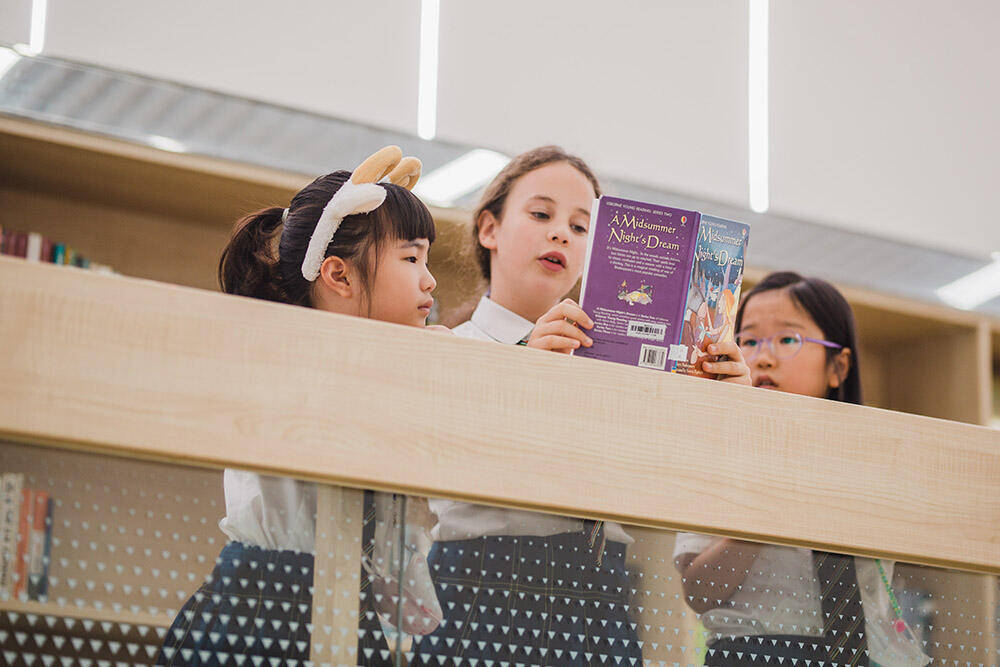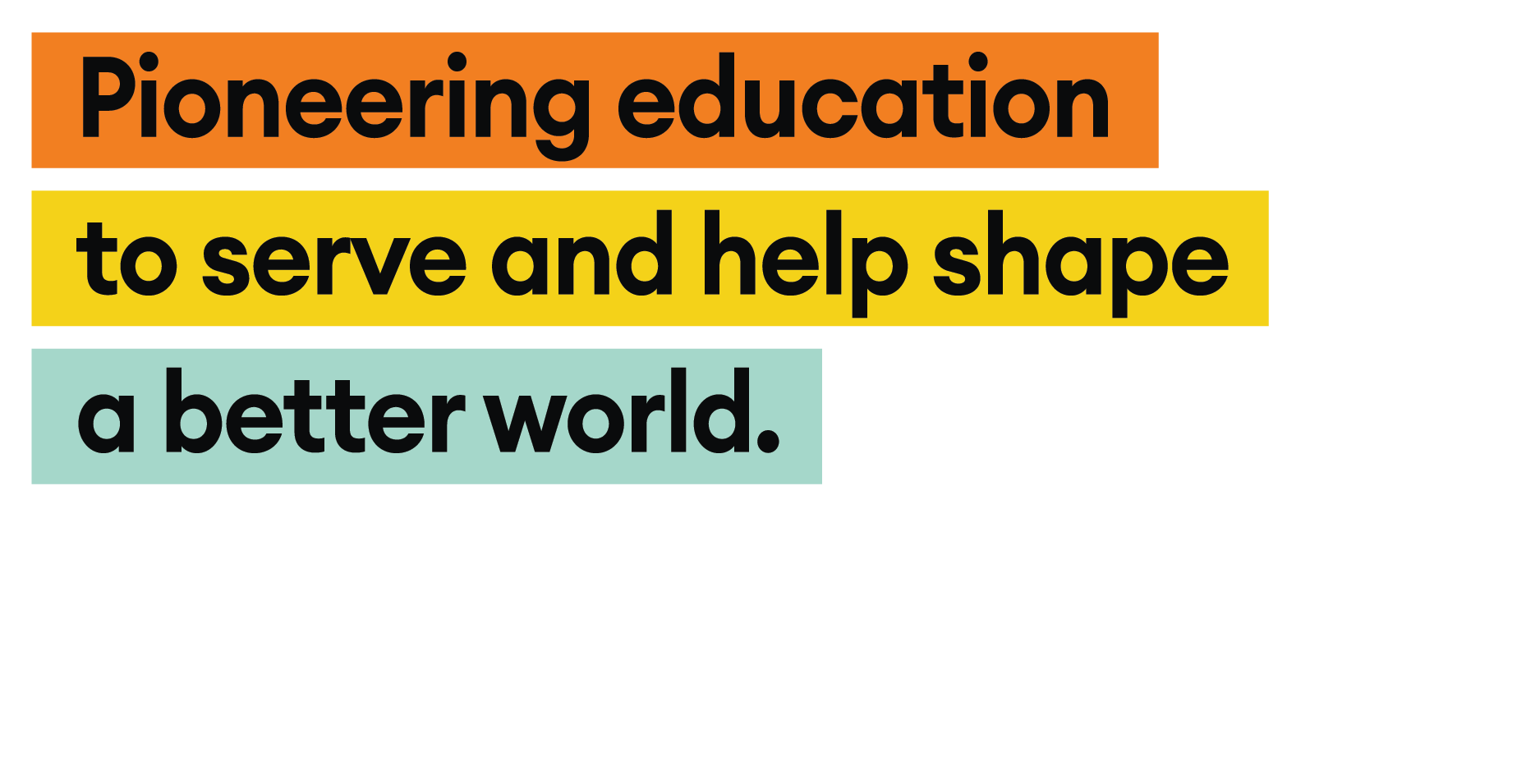Educational Insights丨Developing Creative Thinkers
In this Educational Insights Series, experts from across the Wellington College group give advice, practical help and tips for parents who are keen to give further support for their children's learning. In this article from the series, the Head of Art - Madeline Churchill discusses and reflects on ‘Developing Creative Thinkers'.


Madeline Churchill
Head of Art
Here at Wellington College Tianjin, we are very proud of our flourishing art department and the number of our pupils who go on to pursue art-related degree courses at world-renowned institutions. Almost a third of our current year 13 pupils are seeking places on art degree courses, and several Old Wellingtonians have moved on to study at prestigious colleges such as Parsons in New York, the Rhode Island College of Art and Design and UAL in London. But what are the benefits of a creative education? How does studying art open up possibilities for the future and which skills are learnt and carried into adult life?
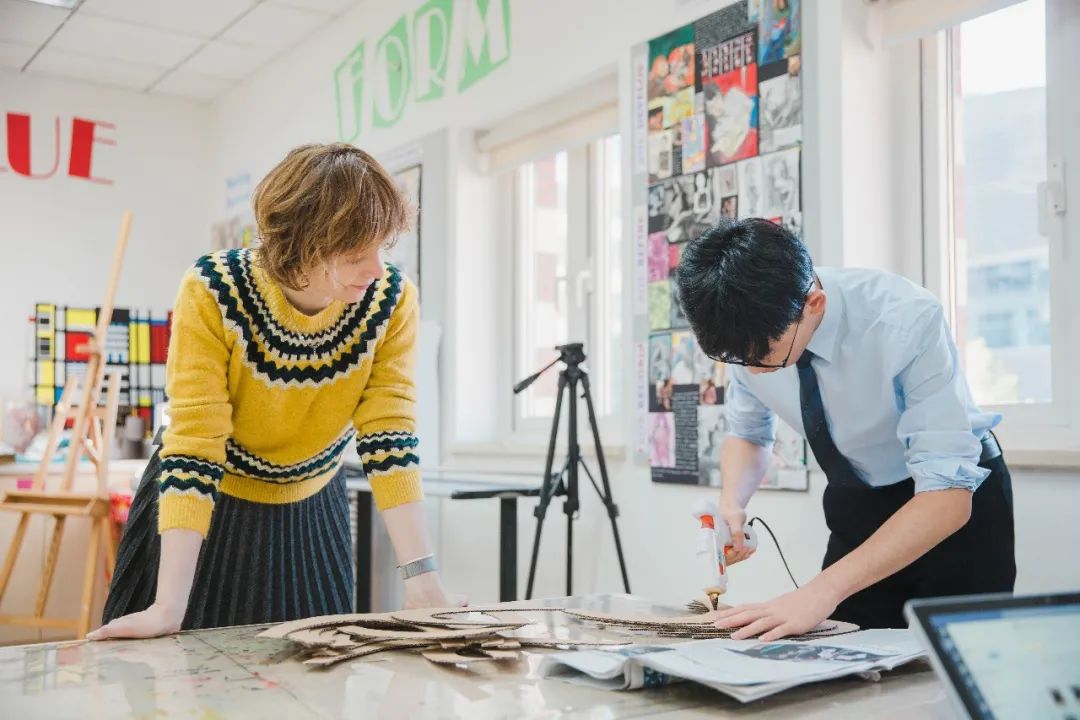
Whilst drawing skills are essential to art lessons, it should be remembered that drawing is a visual medium to communicate creative thinking. Imaginative thoughts can be rendered as drawings on paper whilst a fledgeling idea can be worked through with words and quick illustrations. Once the scale of this concept is grasped, it becomes clear how infinite our imaginative thinking can be. Putting pencil to paper is the beginning of powerful ideas, and the study of art puts you in the driving seat of your wildest dreams.
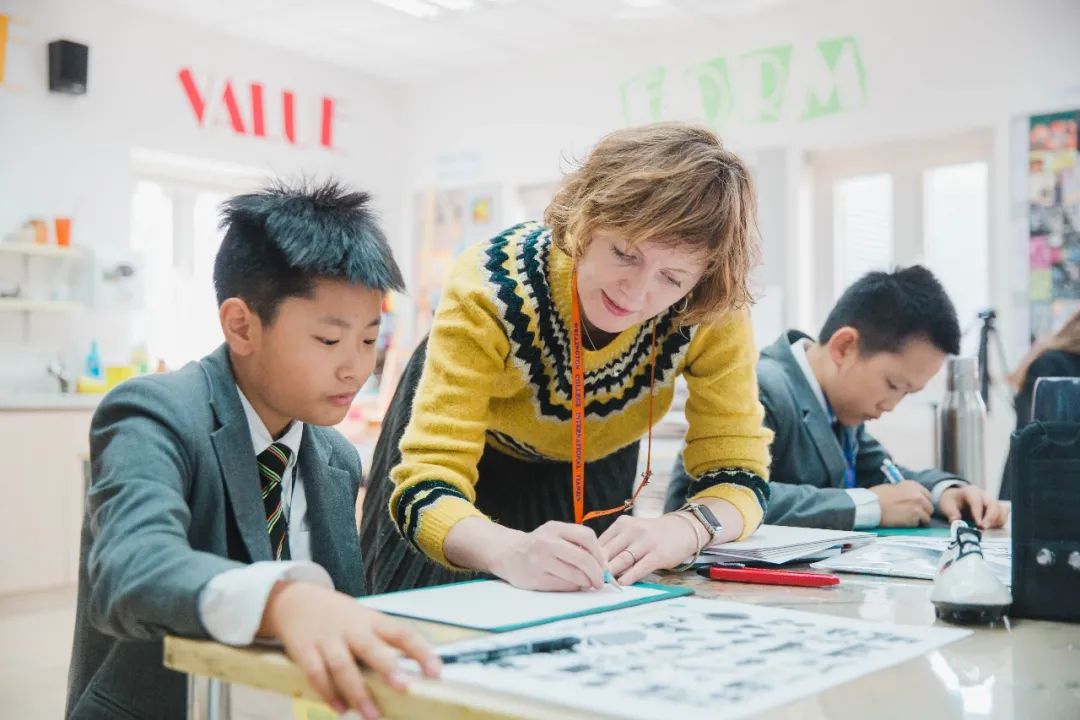
This may be an intimidating notion, but it takes confidence and strength to turn ideas into a reality. For example, at the beginning of a new art project, our pupils are asked to respond with personal opinions to a given theme. It can take some time to get started, and it is often the most challenging part of the art learning cycle. But it does help a young person to grow more independent in their own vision. They learn to follow their intuition by wondering and asking questions. They learn more about what they like and dislike; they dare to take different paths to their friends and find out preferences unique to them. Responding in this way engenders independence of thought, and in, an increasingly automated and digital world, it is this kind of humane, creative thinking which will prepare young minds to out-smart AI in the future.

Flexible, creative thinking is required to embark on a ‘creative journey’, and this takes place when a pupil begins an art project whether at KS3, GCSE or A level. It is called a journey because the destination - the ‘final piece’ - is reached by navigating ideas and personal responses. Most of the time, the destination is not known from the outset. To work on a personal project, pupils need to learn new techniques and experiment with different materials before heading towards a project’s conclusion. It can be a challenging journey as it involves tolerating uncertainty, exploring and investigating. Often it demands sticking with difficulty, especially when the skills grow more demanding or a drawing is not coming together as expected. It is these attributes of persistence and determination, which are critical to a pupil’s development and again, can demonstrate how creative pursuit engages cognitive faculties beyond the hand-to-eye coordination needed to make a skilful drawing.
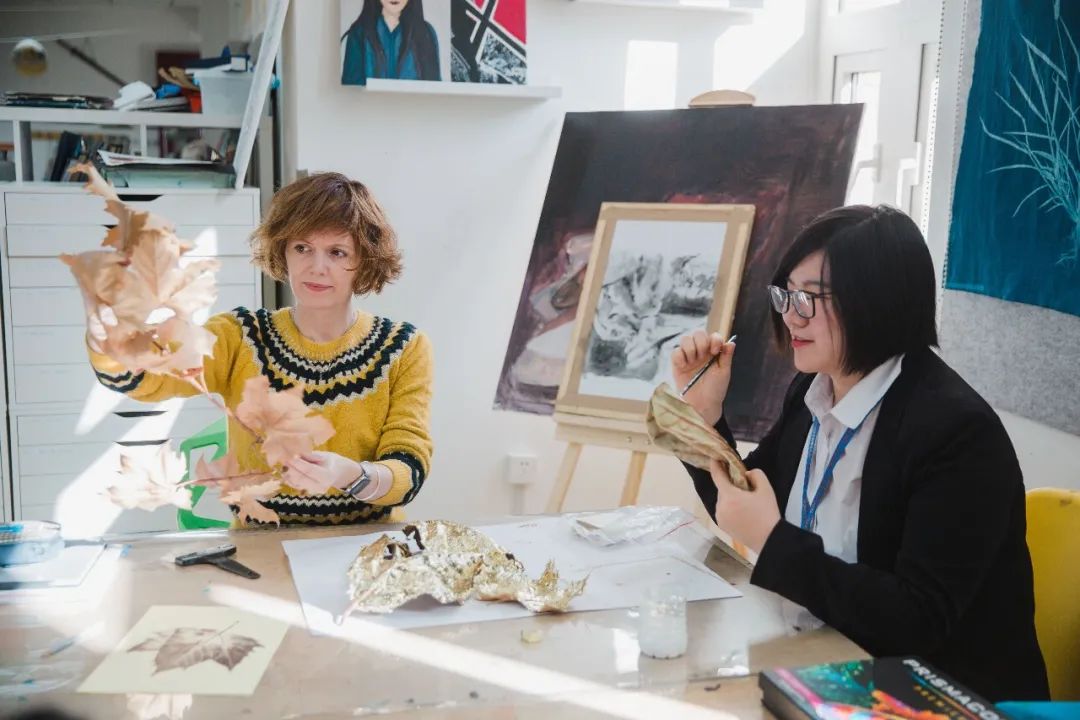
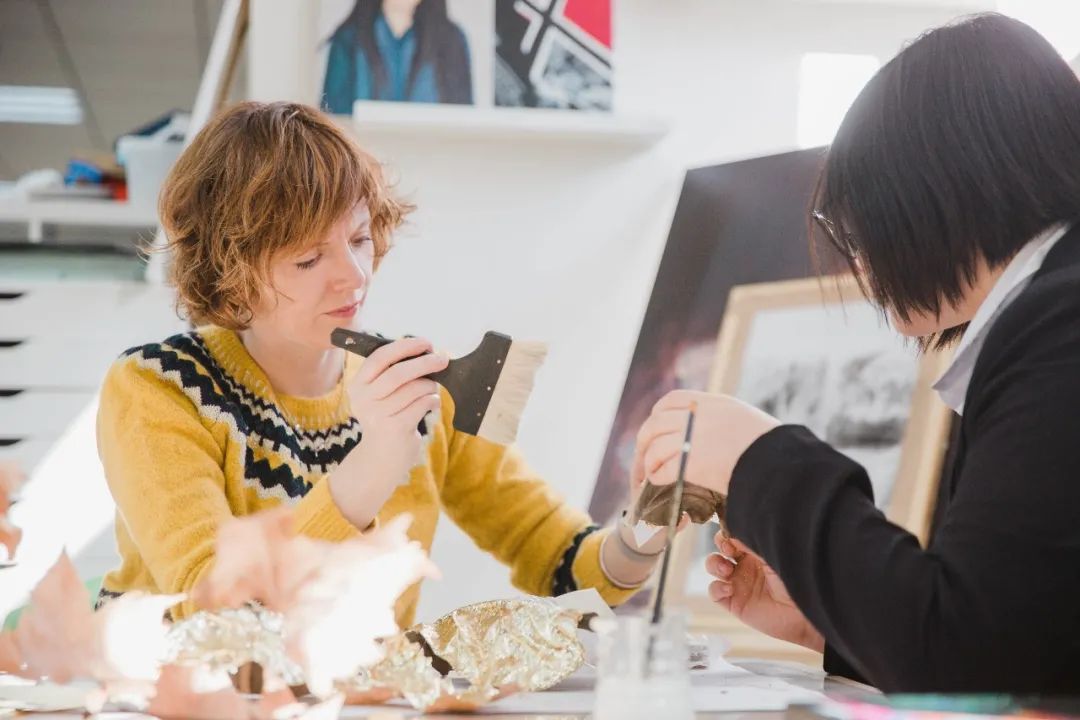
Another key part of the creative journey is learning to share ideas and reflect critically. This means collaborating with other people and communicating ideas with a command of language which uses subject-specific vocabulary. Pupils sometimes find that this part of the creative journey creeps up on them unexpectedly. For example, it is always gratifying to ask a pupil about their work towards the end of a project. They have often absorbed concepts along the way and can talk about them fluently after making their idea ‘real’. The language of sharing work prompts a growth mindset and by evaluating their own progress alongside others, pupils share mistakes and adopt good habits. It becomes a communal experience which benefits all who take part.
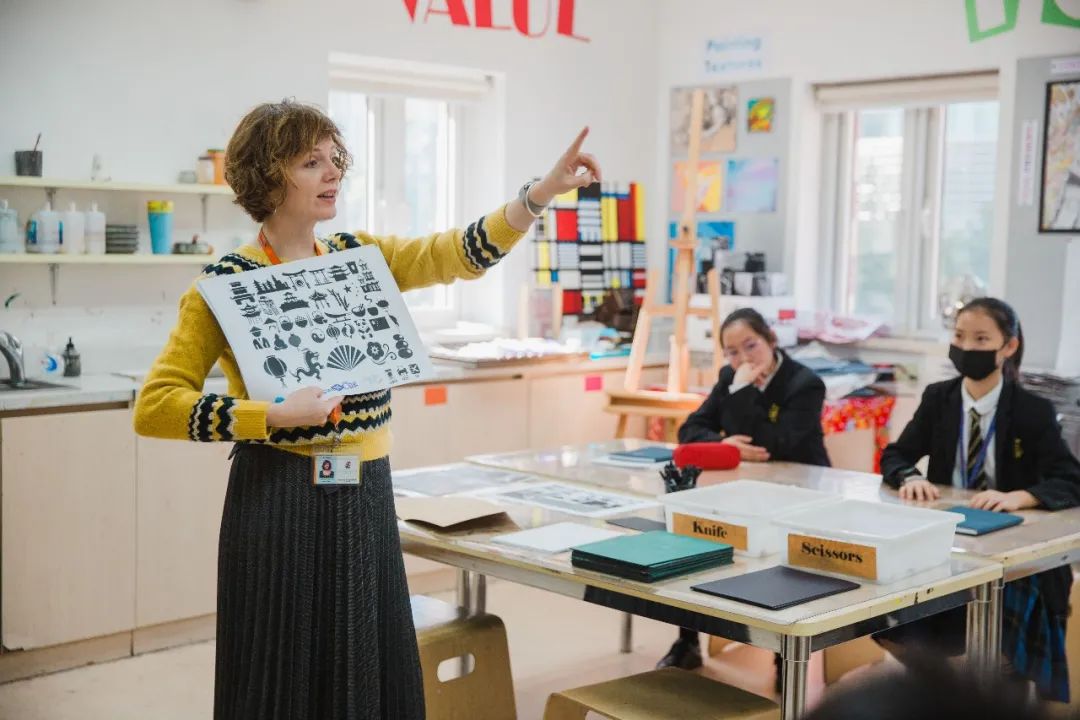
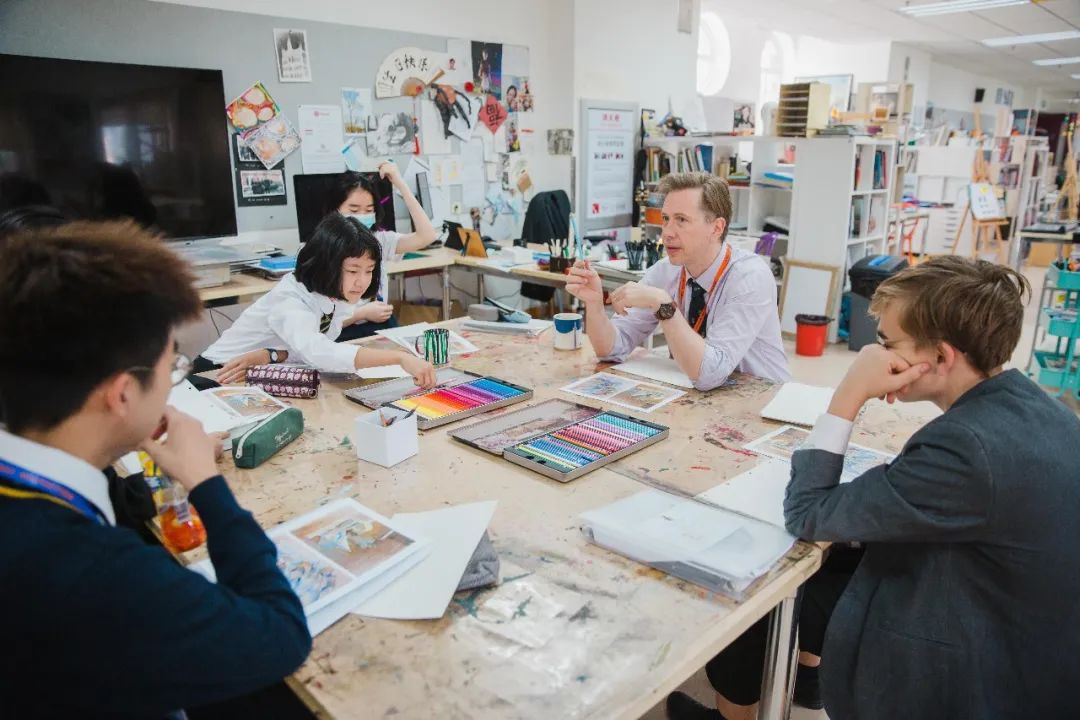
The attributes engaged whilst bringing a creative project to fruition can be exercised in all subjects. Creative thinking is cross-curricular and strengthens the study habits required for independent thought. Having the insight to ask pertinent questions can motivate success and persistence in the face of difficulty is beneficial for all facets of work. It’s when the skills learnt during a creative journey are singled out, that it becomes obvious that creative thinking is not only necessary when turning an idea into a reality: it deepens a pupil’s cognitive independence and enrichens their sense of self whilst at school, university and in life beyond.
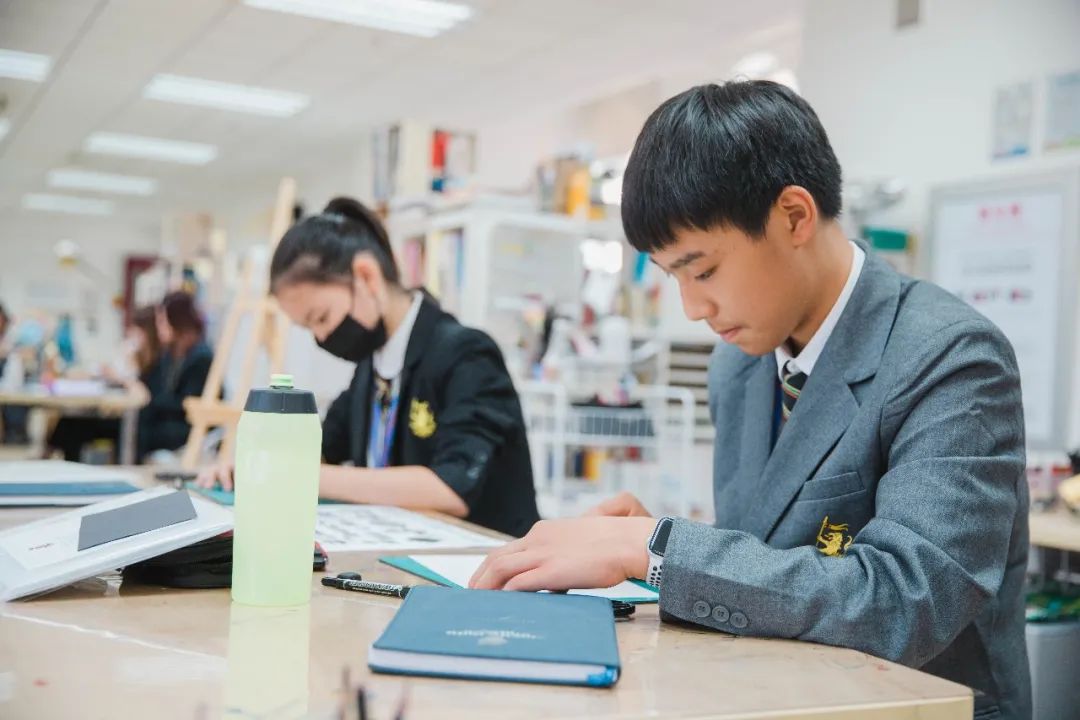




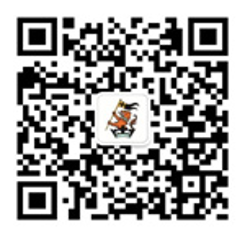
 Channel
Channel 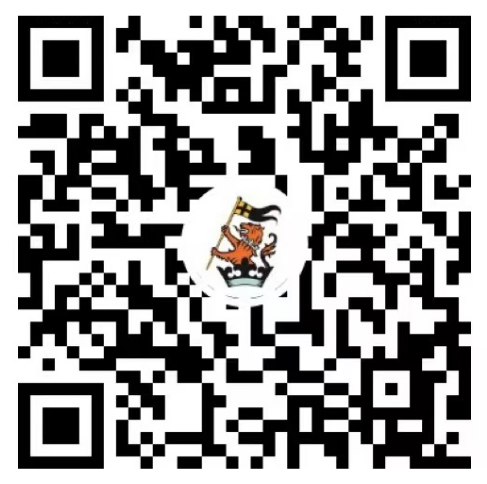
 Linkedin
Linkedin  Facebook
Facebook  Ins
Ins 
